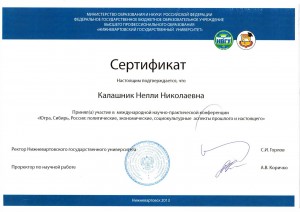Developing reading skills workshop model
Team division can be done in different ways: making up a sentence, according to a type of the question the main idea is that the contents is based on the material to be studied. The team work has lots of advantages, students learn socializing and experience working in different social groups, it raises stimuli of learning together, and at the same time for some students it is a chance of revealing their cognitive abilities, for others is a chance of learning to be helpful.
1st STAGE. The Start: with 3 steps:
1. 1. Initiation: greeting/introduction.
The АМT method, which I call “Life-River”, as we are different the way the river is: “you can’t enter the same river twice”, e.g. “I’m a very curious person today as I enjoy reading”. The students have to describe themselves what they are like at the lesson choosing appropriate adjectives.
“The dearest WORD”- your NAME: it can be adjectives to the letters of the name, or a story “how the letters met to name the girl/boy”. It can be a home task; still it stimulates children and teaches them to be creative and initiative, as it is an additional task.The teacher should always appreciate initiative.
1. 2. Immersion into the subject (the definition of lesson objectives).
The АМT method is “Starry sky”. “3Qs” or 6Qs”: the students define what they want to explore, research, investigate by asking questions on the theme of the lesson using Bloom’s taxonomy of thinking levels.
Defining students’ expectations. (planning personal meaning of the lesson and the formation of a safe learning environment).
Removing fear АМT method is “Step by Step”.The students put down their “fears” on shits of paper anonymously; we mix them up, and then in groups discuss how to overcome the difficulty. Sometimes it is left till the module has been studied, in the end we analyze whether the fear has been removed and which way. A simpler and less time consuming is method “I shouldn’t”, when students say what each of them personally shouldn’t be or shouldn’t do at the lesson to be able to achieve the goals they want.
The first stage helps me and my students be different at every lesson and turn traditional ‘warming ups’ into creative activities and at the same time a revision of any grammar item.
Working in teams stimulates and motivates students to be initiative, sociable, supportive and responsible for the whole learning process at the same time playful, emotionally safe and enjoyable.





Recent comments